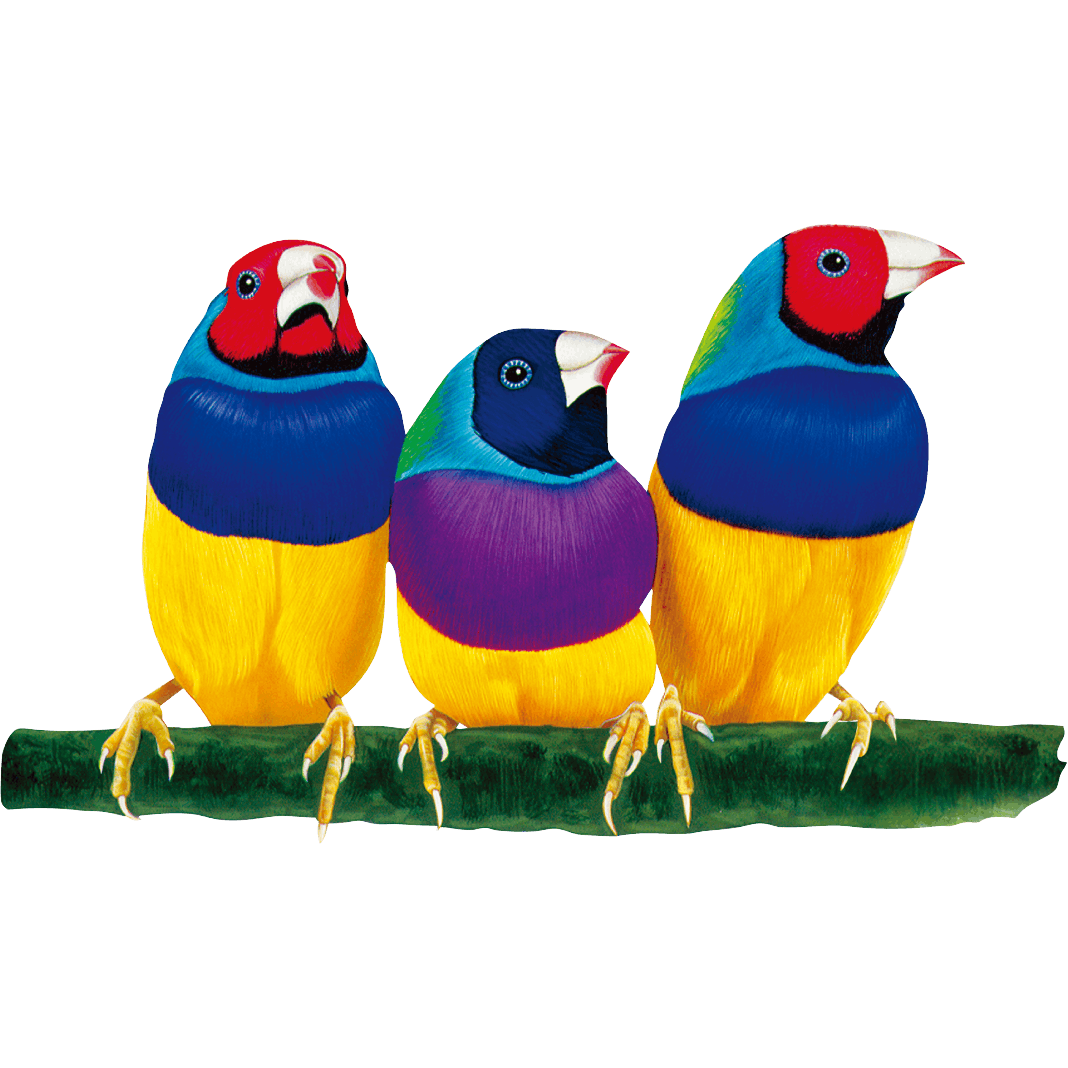Hello, dear Educator Community!
Valentine's Day, on February 14, is more than just a day for romantic gestures. It's an opportunity to express love and appreciation for friends, family, and community. As educators, we can leverage this occasion to teach valuable social and emotional skills like empathy, kindness, respect, and gratitude, fostering a positive and inclusive classroom culture.
Explore the fascinating world of Valentine's Day with these exciting activities:
Originals Lesson Resource
Download our engaging lesson that utilizes video-assisted learning to share interesting facts about Valentine’s Day 💗. Play embedded videos, answer questions, and make learning about this special day interactive.
Valentine's Day Around the World
Valentine's Day is celebrated in different ways around the world, depending on the culture and traditions of each country. Here are some examples:
In Finland, it's Friendship Day, exchanging gifts with friends.
Spain has a second day of love on October 9, were men gift silk scarves.
China celebrates the Qixi Festival on the seventh day of the seventh lunar month, marked by gifts and dates.
We would love to hear from you about your own experiences or knowledge of Valentine's Day traditions in other countries, and how you can use them in your classroom. Please share your thoughts and ideas in the comments section below!
Chocolate Valentine's Day Tradition from Japan
Explore the fascinating chocolate tradition from Japan:
In Japan, women give chocolate to men on February 14, and men reciprocate on March 14, known as White Day. Originating in the 1950s, this tradition encourages women to express appreciation to male coworkers, friends, or lovers. White Day emerged in the 1970s, suggesting men reciprocate the gesture with white chocolate and other gifts.
Types of chocolate based on the relationship:
Obligation chocolate (Giri choco), which is given to coworkers, family members, and acquaintances, as a way of showing respect or courtesy. It is usually cheap and generic and does not mean any romantic interest.
Friendship chocolate (Tomo choco), which is given to male and female friends, as a way of showing gratitude or affection. It is usually homemade or customized and does not mean any romantic interest.
True feeling chocolate (HONMEI), which is given to husbands, boyfriends, or crushes, as a way of saying I love you. It is usually expensive and high-quality and means a serious romantic interest.
Handcrafts Activities for Valentine's Day
One of the best ways to celebrate Valentine's Day with your students is to do some fun and creative handcrafts activities with them. Here are some suggestions of handcrafts activities that you can do with your students for Valentine's Day:
Craft personalized cards with various materials.
Create festive wreaths, suncatchers, magnets, and pins to adorn classrooms and homes.
Share your thoughts, experiences, and classroom plans for the special day in the comments below! Wishing you and your students a love-filled and joyful Valentine's Day celebration! 💖🎉



